Last Updated on August 8, 2023
There’s this theory out there that annoys most Trekkies, being that, of the films, only the even-numbered entries are good. This stems mainly from the fact that everyone remembers Star Trek V: The Final Frontier as being the worst movie of the series and ignores that Star Trek: The Motion Picture – while divisive – was a hit, and so was The Search for Spock. However, Star Trek V: The Final Frontier is indeed a bad Star Trek movie, and in this episode of Revisited, we’re going to look at exactly what went wrong with something that was clearly a passion project for its star and director, William Shatner.
Jump back to 1986, and Star Trek IV: The Voyage Home was a significant hit. It was the highest-grossing movie in the franchise and earned critical raves. People that didn’t even like Star Trek were down with this earth-bound adventure of the crew of the U.S.S. Enterprise, and the franchise was riding a new, renewed wave of popularity. On the small screen, Star Trek: The Next Generation, after a rocky start, was starting to hit its stride, and the Original Series was reissued on VHS. People loved this franchise, with it arguably at its peak of popularity around this point.
While the obvious choice would have been to hook Leonard Nimoy and franchise vet Nicholas Meyer for more entries, Nimoy was suddenly red-hot as a director. His follow-up to Star Trek IV, Three Men and a Baby, was the highest-grossing movie of 1987. Nimoy was down to return to the franchise, but only as an actor this time. William Shatner had been promised he could direct the next film following a pay dispute over Star Trek IV, and like with Nimoy, his getting the gig wasn’t all that outrageous, as he had directed plenty of T.V. Shatner had a pretty strong pitch, with him using the rise of television televangelists like Tammy Faye and Jim Bakker, as inspiration. While now that may seem out of place in a Trek film, it was VERY topical for the late eighties, and indeed the show itself had always fared best when tackling issues of the day, such as The Vietnam War and racism, metaphorically.
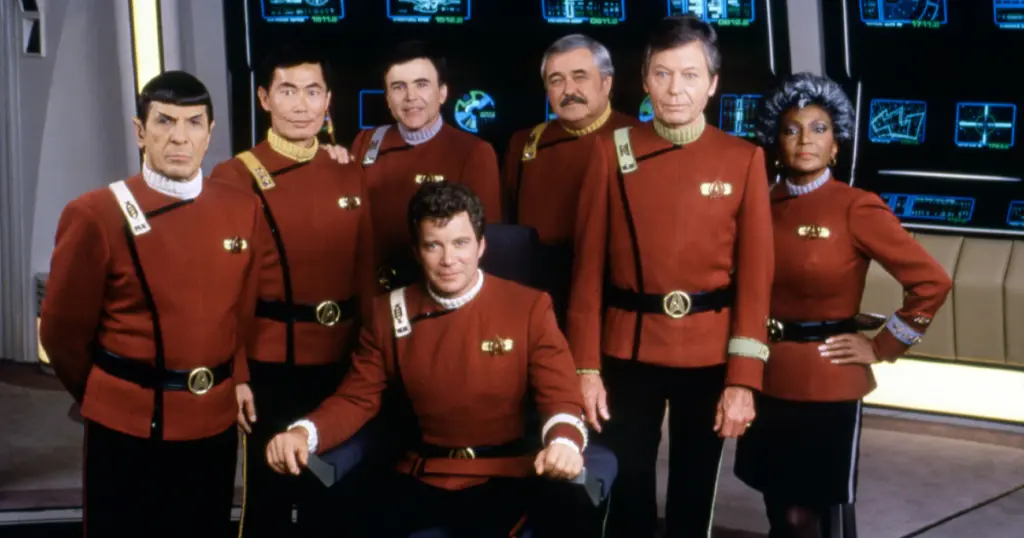
Shatner had wanted Nicholas Meyer to help write the movie, but he was busy with his next film as a director, Company Business, starring Gene Hackman. Shatner and series producer Harve Bennett worked out the story themselves, bringing on writer David Loughery to write the script. He had previously written Dreamscape and, in the nineties, would become a popular writer of action movies such as Passenger 57 and Money Train.
Loughery did a decent job with the writing, toning down some of Shatner’s wilder ideas and bringing in Spock’s brother, Sybok, as the Evangelist character. In the movie, Sybok hijacks the enterprise with his followers in order, essentially, to find God, prompting the movie’s best line of dialogue, “what does God need with a starship?”. Sean Connery was courted to play Sybok, but ultimately, he made Indiana Jones and the Last Crusade (good call Sean). Instead, character actor Laurence Luckinbull, who’s actually the uncle of the Wachowskis, would take the part.
All this raised an issue, though. If you know you’re Star Trek lore, you’ll know that Shatner, at times, was far from beloved by the supporting cast. When some of them realized Shatner would be their director, they bristled. For one thing, Leonard Nimoy and DeForest Kelly hated the script because it called for them to eventually side with Sybok against Kirk, something they point-blank refused to play. It was revised, and they signed on, but George Takei didn’t want to be directed by Shatner, who he’s constantly feuded with. Eventually, he changed his mind and, to his complete shock, found Shatner to be highly professional and collaborative as a director.
In fact, everyone was impressed with Shatner’s on-set skills, with Nimoy and DeForest Kelly, veterans of many television westerns, amused by the fact that they’d get to deliver more physical performances, as the premise has the Enterprise in disrepair, meaning no transporter. Thus they have to pull off a big rescue on horseback. This was Shatner’s doing as he’s always been a keen sportsman, and the film gives him ample opportunity not only to show off his skills on a horse but also his talent at mountain climbing, with the opening of the movie featuring Kirk scaling El Capitan – although he’s doubled extensively.
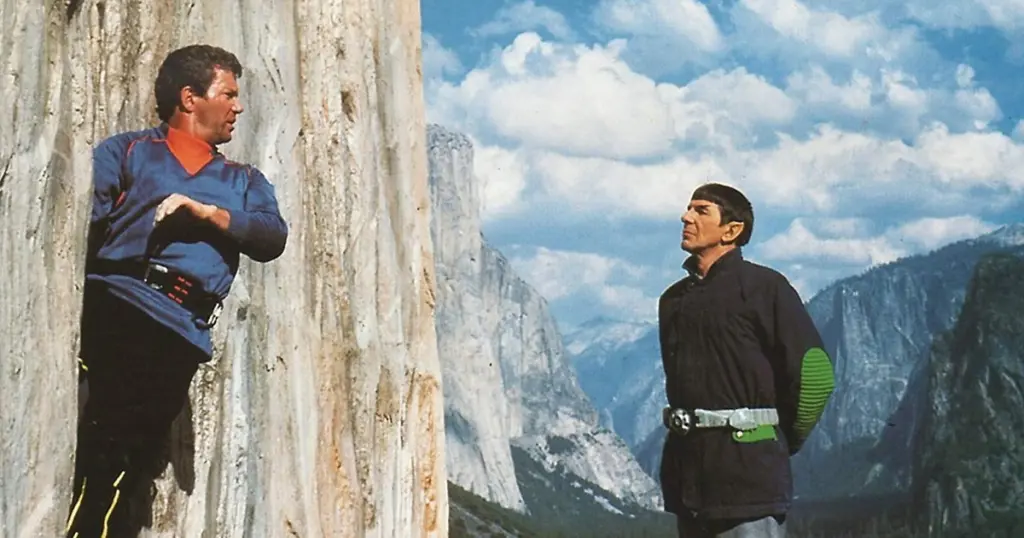
So if the shoot went so well, what went wrong? Plenty. For one thing, there were no strong villains. Star Trek IV’s success weighed on everyone at the time, so Shatner and his writers worked a lot of humour into the script, particularly the first act when the team is on shore leave. As a kid, when Kirk, Spock and McCoy started singing “row your boat,” I pretty much checked out. To give Shatner his due, I think he wanted to give the supporting cast more to do, but some of the choices are bizarre, such as Scotty and Uhura kind of/maybe hooking up. Some of the jokes are awful, such as Scotty’s pratfall, where he claims to know the ship like the back of his hand before bonking his head on a pipe. It’s slapstick-level stuff.
However, that is different from what torpedos the film. It all comes down to the special effects, which Shatner said in his book Star Trek Movie Memories, were decidedly less than special. Usually, ILM. could pull off incredible fx work, but they were busy doing Indiana Jones and the Last Crusade. Instead, Paramount had to go to a company called Associates & Ferren, which sounds like a Yacht Rock band from the seventies, and the work they delivered was abysmal. Part of it was due to the movie’s budget, which was about $33 million, actually significantly higher than the last movie but still relatively low for a space epic. It was mainly because they only had three months to do the work, which was about half the time they needed, and the shortcuts were painfully obvious, with too much unconvincing rear projection used. They also had to scrap Shatner’s action-packed climax. First, Shatner was supposed to be chased by a Rockman in the finale, but the suit was ludicrous. Then he was supposed to be chased by a ball of energy, but the final effect we so bad it was scraped. Now, Kirk is just chased around by a villainous god-head that shoots puffs of light at him, all of which look just awful.

For his part, Shatner always lamented how poorly the climax turned out and has wanted to revise the ending, such as they did with Star Trek: The Motion Picture, but Paramount has never approved it.
Is there anything good about Star Trek V: The Final Frontier? Well, it’s short, that’s one thing, running just over 100 minutes. It also has a good score by Jerry Goldsmith, who returns to the series for the first time since Star Trek: The Motion Picture. But, given how cheap everything looks, some of Shatner’s enormous directorial flourishes, such as Sybok’s introduction, which is a homage to Lawrence of Arabia, feel painfully like a first-time director trying to show off. However, it should be said that Lawrence Luckinbull, as Sybok, is really good in the part, and Shatner directs himself well, delivering one of his loosest performances as Kirk.
In the end, the movie was a critical failure that, for some reason, seemed to take Star Trek: The Motion Picture’s lead as inspiration, even though that hadn’t worked ten years earlier. It flopped at the box office, only grossing $49 million domestically, a worrying number for the franchise. However, it should be noted that the film came out during the infamous summer of 1989, which was jam-packed with blockbusters, including Indiana Jones and the Last Crusade, Batman, Honey, I Shrunk the Kids and Lethal Weapon 2. It was one of several sequels that underwhelmed at the box office, including the James Bond movie Licence to Kill and Ghostbusters 2.
However, it came very close to ending the franchise, with series mastermind Harve Bennett pitching a Starfleet Academy prequel starring a younger Kirk, Spock and McCoy to the studio. Instead, Paramount, who knew the franchise would be celebrating its 25th anniversary in 1991, opted to bring the old gang back for one last hurrah, albeit with proven hands Nicholas Meyer and Leonard Nimoy at the helm. But that’s a story for next time.


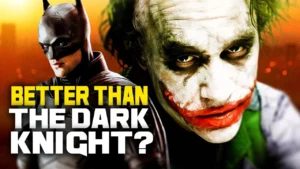
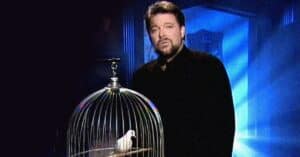
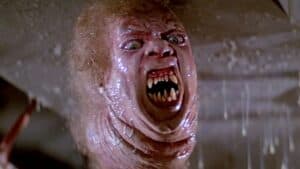
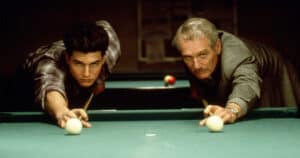
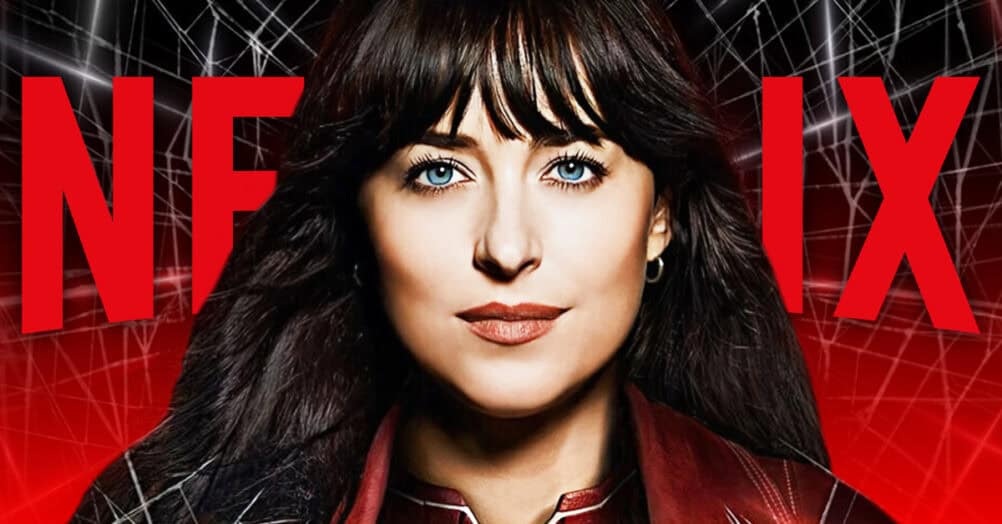
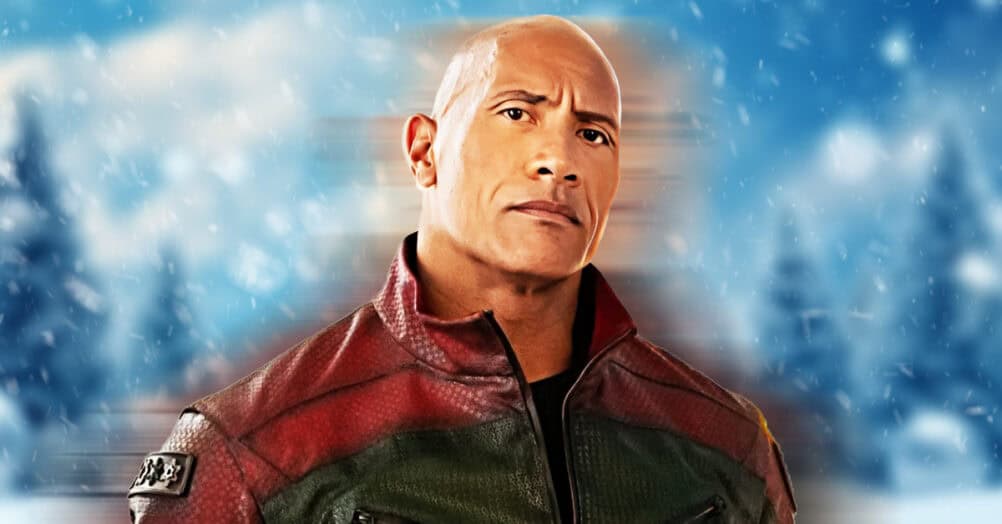
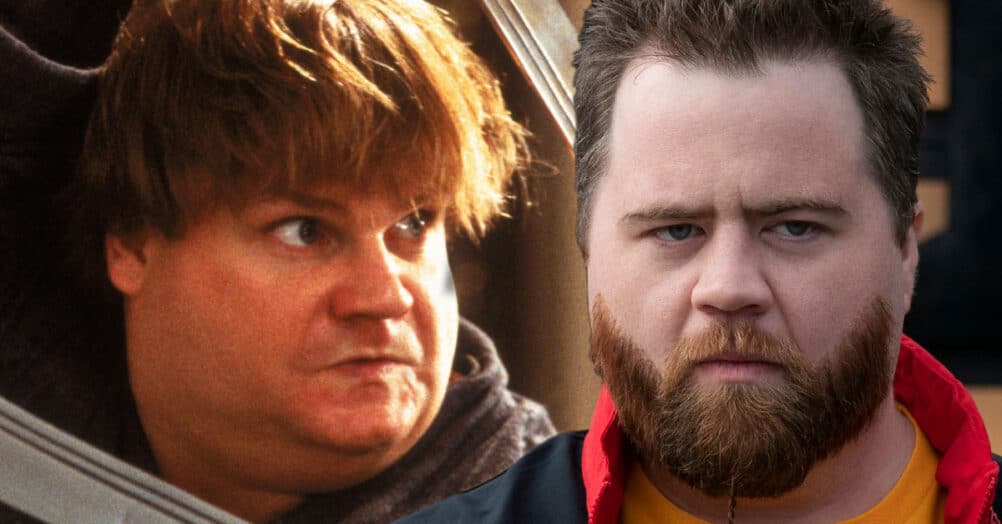

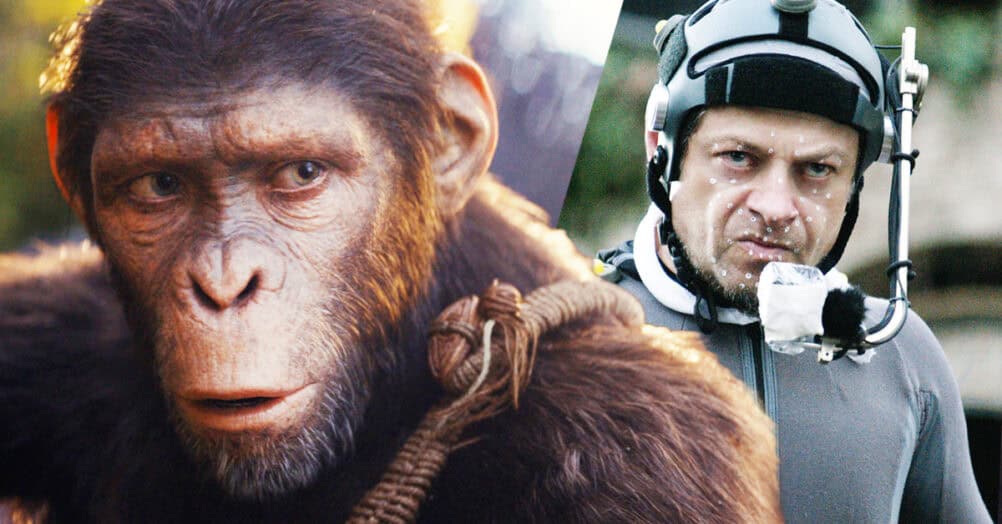
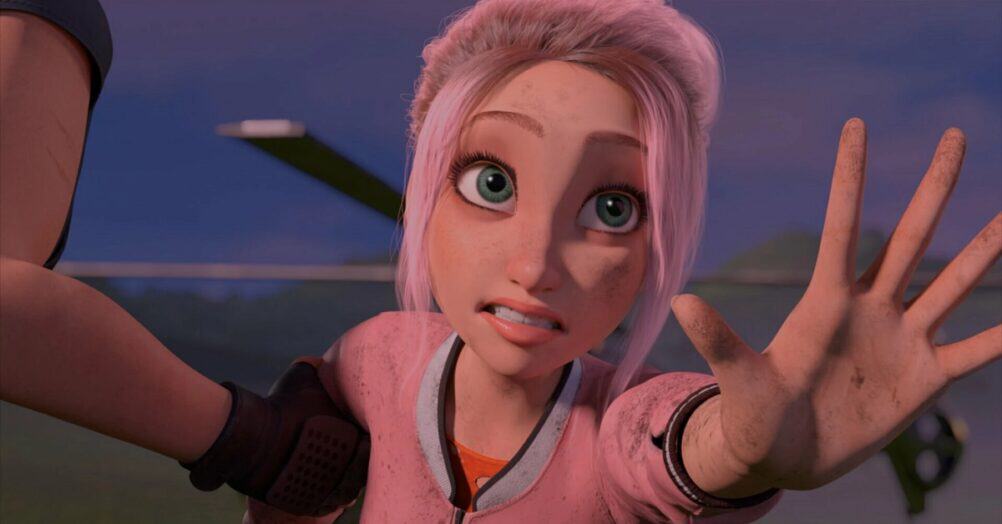

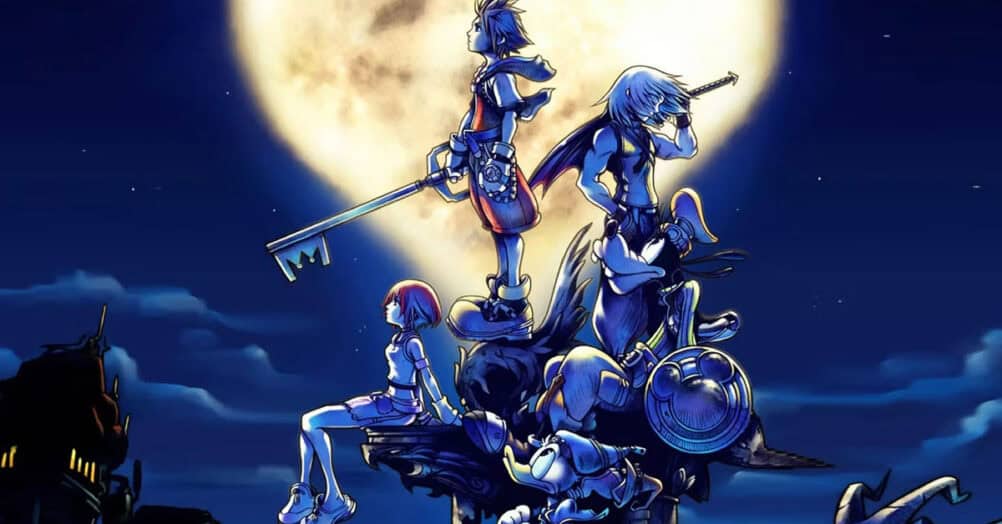
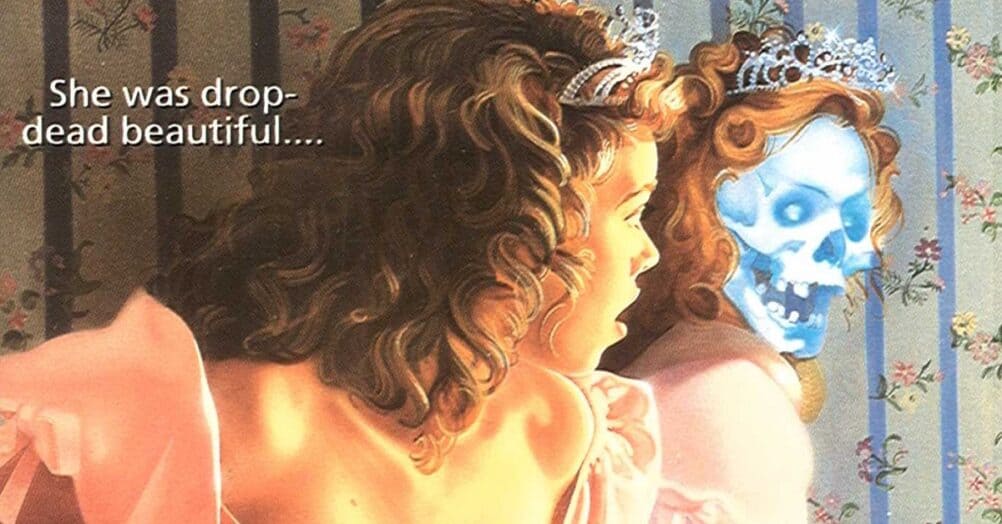
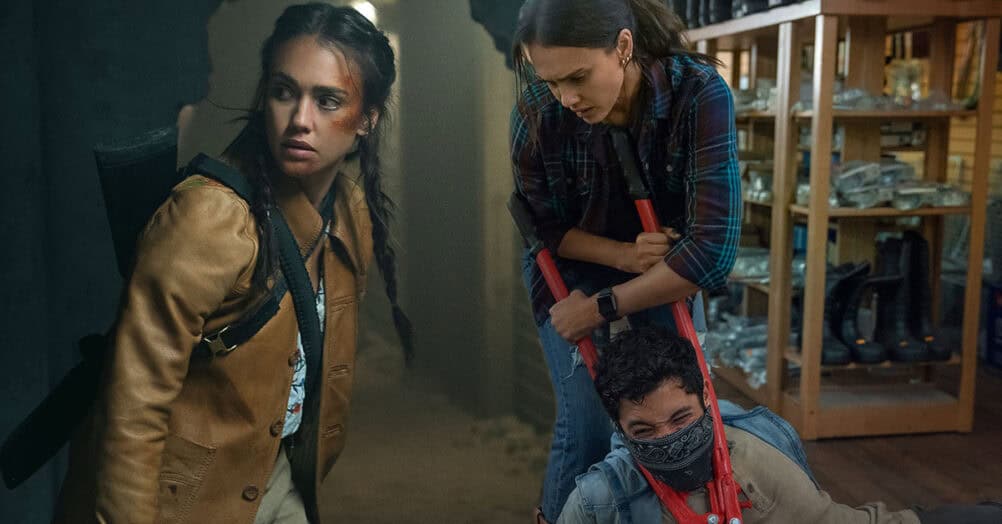
Follow the JOBLO MOVIE NETWORK
Follow us on YOUTUBE
Follow ARROW IN THE HEAD
Follow AITH on YOUTUBE